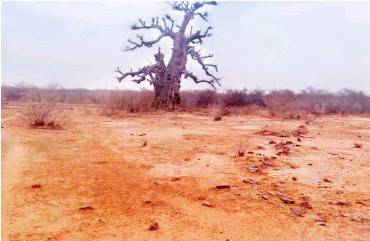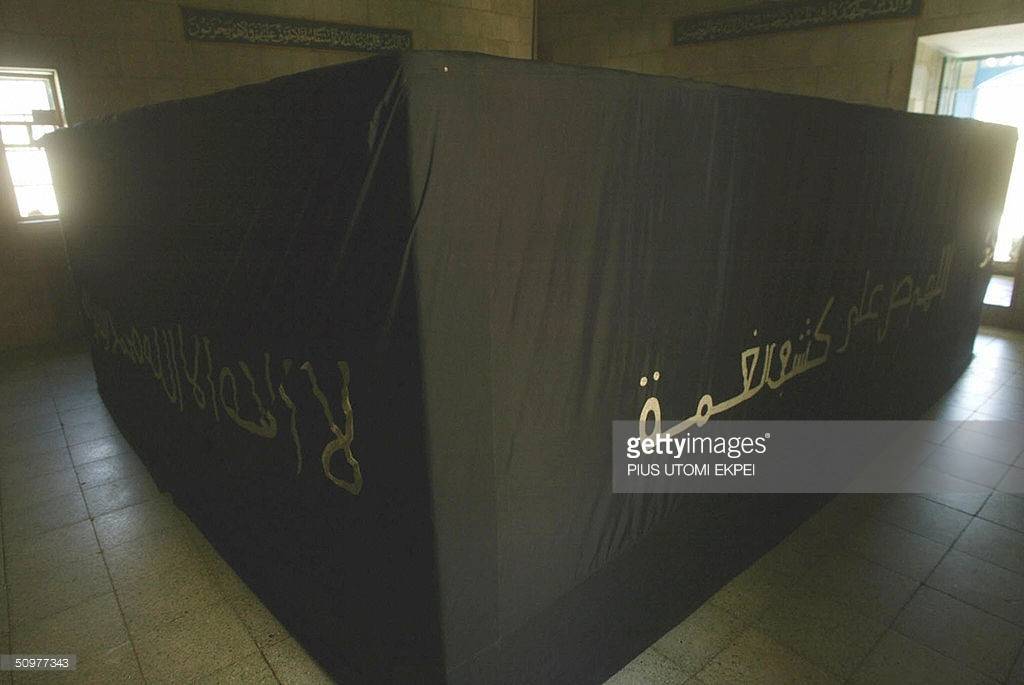Hotels.ng Blog
Explore the Best Places in Sokoto
Search through 2 great places of interest and tourist attractions in Sokoto

Recommended
-

Surame Cultural Landscape
Surame is an ancient city created in the 16th Century by its first king Muhammadu Kanta Sarkin Keb... Hotels.ng . 02 May 2017 -

Tomb of Usman Dan Fodio
Also known as The Hubbaren, this is the resting place for Islamic scholar and founder of the Sokot... Hotels.ng . 02 May 2017
Explore More Places in Sokoto
-

Surame Cultural Landscape
Surame is an ancient city created in the 16th Century by its first king Muhammadu Kanta Sarkin Keb... Hotels.ng . 02 May 2017 -

Tomb of Usman Dan Fodio
Also known as The Hubbaren, this is the resting place for Islamic scholar and founder of the Sokot... Hotels.ng . 02 May 2017
